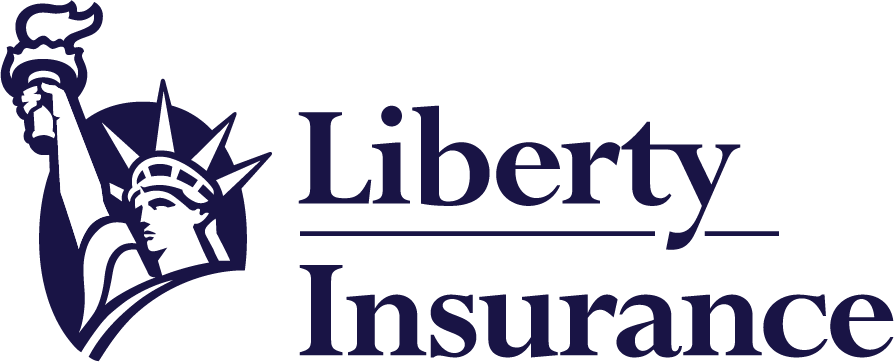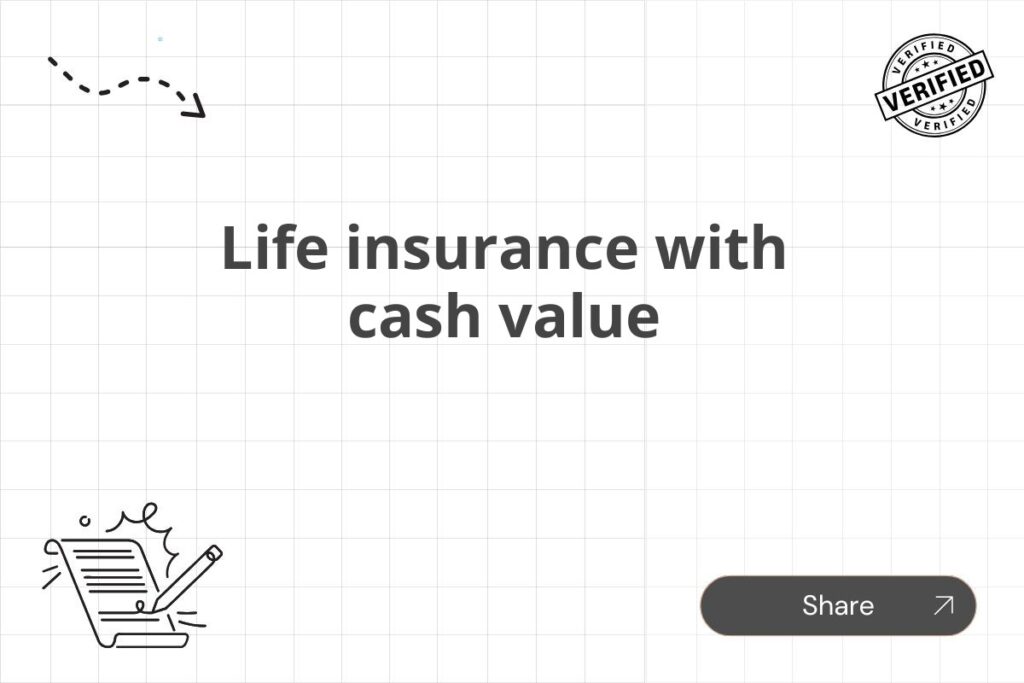Meta Description: Secure your future with life insurance offering cash value growth. Learn how this policy type provides both death benefit protection and a savings component, building wealth while safeguarding your loved ones. Explore options and benefits today!
Life insurance is a crucial part of financial planning, offering peace of mind knowing your loved ones are protected in the event of your passing. However, not all life insurance policies are created equal. One increasingly popular option is life insurance with cash value, a type of permanent life insurance that combines death benefit protection with a savings component. This article delves into the intricacies of cash value life insurance, exploring its benefits, drawbacks, and how it can fit into your overall financial strategy.
Unlike term life insurance, which provides coverage for a specified period, cash value life insurance offers lifelong coverage as long as premiums are paid. The key differentiator lies in the cash value component. A portion of your premium payments goes towards building a cash value account that grows tax-deferred over time. This cash value grows through interest earned and the policy’s investment performance, depending on the type of policy chosen.
Understanding Cash Value Life Insurance
Cash value life insurance policies function as both an insurance policy and a savings vehicle. The insurance aspect provides a death benefit, a lump-sum payment made to your beneficiaries upon your death. The savings component, the cash value, grows over time and can be accessed under certain circumstances. This dual nature makes it a versatile tool for long-term financial planning.
Types of Cash Value Life Insurance
Several types of cash value life insurance exist, each with its own features and investment options:
- Whole Life Insurance: This is the most traditional form of cash value life insurance. It offers a fixed death benefit and a predictable cash value growth rate based on a guaranteed interest rate. The premiums are typically level (fixed) throughout the life of the policy.
- Universal Life Insurance: This policy offers more flexibility than whole life insurance. The premiums and death benefit are adjustable, allowing you to adapt your coverage to changing financial circumstances. The cash value growth rate is usually tied to market-based interest rates, meaning it can fluctuate.
- Variable Universal Life Insurance (VUL): VUL policies provide even greater flexibility and investment control. You can invest your cash value in a variety of sub-accounts, often mimicking mutual funds, allowing you to potentially earn higher returns but also exposing you to greater investment risk.
- Indexed Universal Life Insurance (IUL): IUL policies link the cash value growth to a market index, such as the S&P 500. This provides the potential for higher returns than whole life insurance, but the growth is often capped to limit downside risk.
Benefits of Cash Value Life Insurance
The advantages of cash value life insurance extend beyond simply providing a death benefit. Here are some key benefits:
- Death Benefit Protection: The core function remains providing a financial safety net for your beneficiaries in the event of your passing.
- Cash Value Accumulation: The cash value component grows tax-deferred, meaning you won’t pay taxes on the accumulated earnings until you withdraw them. This allows for significant long-term growth.
- Tax Advantages: While the growth is tax-deferred, withdrawals may be subject to taxes and penalties depending on the circumstances and type of policy.
- Liquidity: You can typically borrow against your cash value without affecting the death benefit. This can provide access to funds for emergencies or other financial needs.
- Long-Term Savings: Cash value life insurance serves as a disciplined savings plan, encouraging regular contributions.
- Potential for Higher Returns (Certain Policies): Policies like VUL and IUL offer the potential for higher returns compared to whole life insurance, though they also carry greater investment risk.
Drawbacks of Cash Value Life Insurance
Despite its advantages, cash value life insurance isn’t without its drawbacks:
- Higher Premiums: Premiums for cash value policies are typically higher than for term life insurance because of the savings component.
- Investment Risk (Certain Policies): VUL and IUL policies expose you to market risk. The cash value can decrease if the underlying investments perform poorly.
- Complexity: Cash value policies can be complex and require a thorough understanding of their features and fees.
- Fees and Expenses: Cash value policies often involve various fees, such as administrative fees, mortality charges, and surrender charges. These fees can impact the overall growth of the cash value.
- Potential for Lower Returns (Certain Policies): Whole life insurance policies typically offer lower returns compared to market-based investments.
- Loan Interest: Borrowing against your cash value typically incurs interest charges. If you don’t repay the loan, it reduces the death benefit and can even deplete the cash value.
Choosing the Right Cash Value Life Insurance Policy
Selecting the appropriate cash value life insurance policy depends on your individual financial goals, risk tolerance, and circumstances. Consider these factors:
- Your Financial Goals: Are you primarily focused on death benefit protection, long-term savings, or a combination of both?
- Risk Tolerance: Are you comfortable with the potential for market-based fluctuations in the cash value?
- Premium Budget: How much can you afford to pay in premiums each year?
- Time Horizon: How long do you need the coverage?
It’s crucial to consult with a qualified financial advisor or insurance professional to determine the best policy for your specific needs. They can help you navigate the complexities of different policy types and ensure the policy aligns with your overall financial plan.
Conclusion
Life insurance with cash value offers a powerful combination of death benefit protection and long-term savings. While it involves higher premiums and potential complexities, the benefits of tax-deferred growth and liquidity can be significant for long-term financial planning. Understanding the different types of policies and carefully weighing the advantages and disadvantages is essential before making a decision. Seeking professional guidance is highly recommended to ensure you choose the policy that best suits your individual circumstances and financial objectives.






















